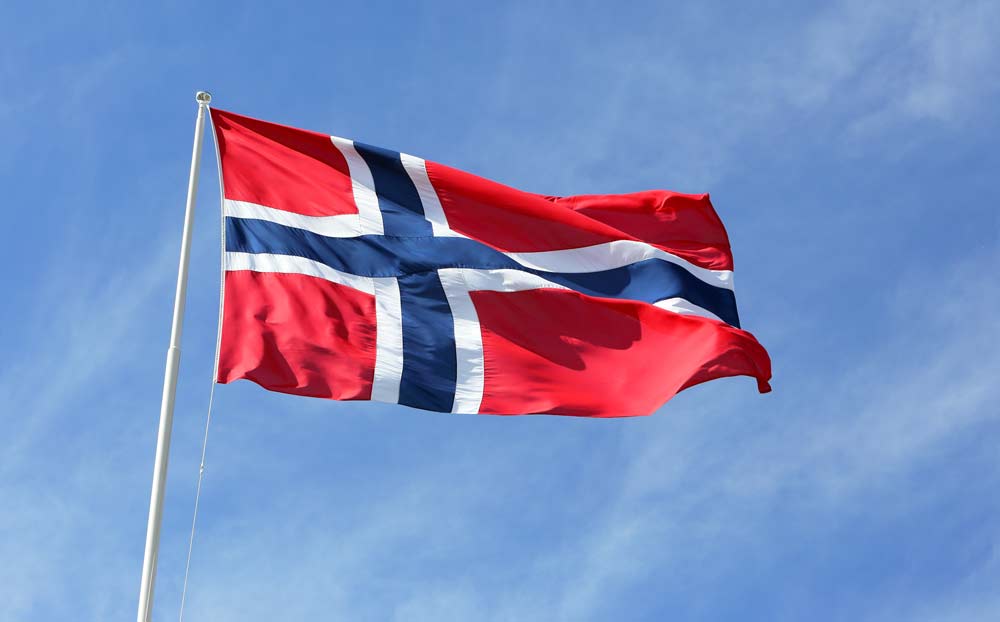
With the lengthy fight for independence in Norway, it is no wonder that the people of Norway take great pride in their flag and what it stands for. As such, there is certain flag flying etiquette that should be used when flying the national flag. There are 16 official flag days in Norway, some of which include New Years Day, Easter, the King and Queen’s birthdays, and Sámi People’s Day. The flag should be raised no earlier than 8 a.m. in March through October and 9 a.m. from November through February. It is to be lowered at sunset, but no later than 9 p.m.
Flags known as vimpel, or long triangular pennants, have become quite common in Norway as the official etiquette rules don’t apply to them. They are a more informal version that is cheaper and easier to replace after long wear or damage. Additionally, they can be flown constantly rather than having to raise and lower them with every use.
Whether you want to sport the “proper” flag or the Norwegian pennant flag, show your love for Norway and raise it high!
